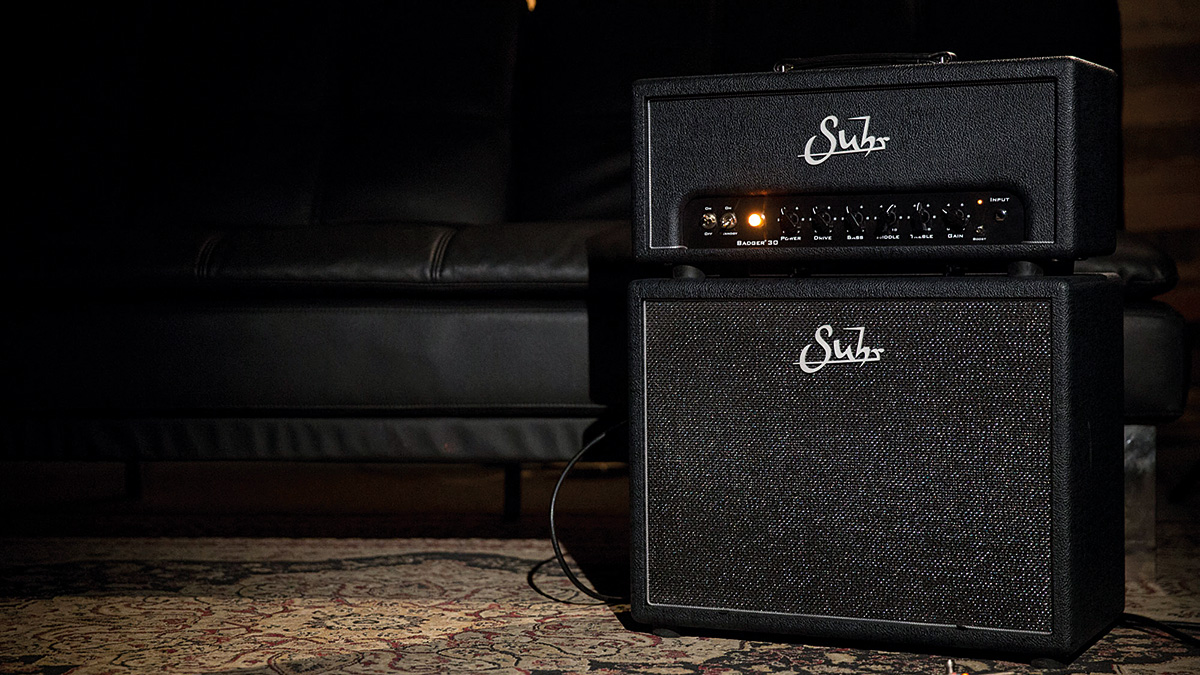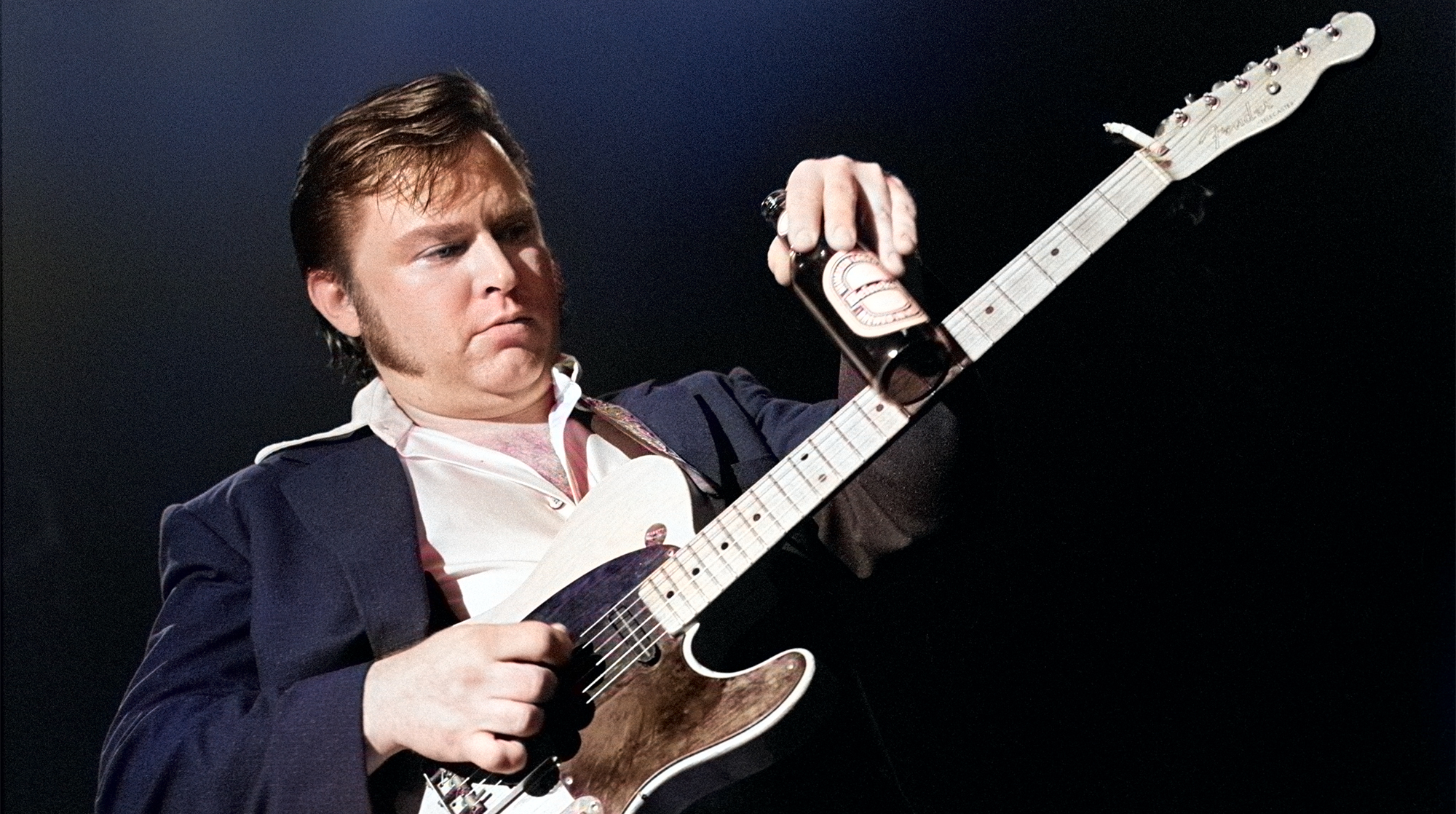GuitarPlayer Verdict
If you have spent years bouncing between various iterations of the EL34 Marshall and Vox sound, still want your Fender guitars to sound Fender-y, and are ready for that one grown-up amplifier that can do it all, ferret out a Badger to audition its aggressive-but-pleasing tones.
Pros
- +
Among the classiest and most versatile single-channel EL34-based heads on the market.
Cons
- -
Some learning curve on dialing in power scaling and gain controls.
You can trust Guitar Player.
John Suhr counts dozens of your favorite players – including Guthrie Govan, Pete Thorn, Peter Frampton, Eric Clapton, Dave Kilminster (Roger Waters), and Michael Landau – as devotees to his high-magic talents for guitar amp and electric guitar design.
When he launched the first Badger Series of amp heads in 2006, the former senior master builder at the Fender Custom Shop was already thinking of portability, tactile response, and single-channel simplicity.
He insisted on the Badgers being hand-built, all-tube amps, like the pair of cathode-biased EL34s and three 12AX7 preamp tubes in the new Badger 30. (The Series also comes in the Badger 18 and the Badger 35, Landau’s preferred model, which both use EL84s.)
With his recent redesign of the Badger Series, the beast is arguably even badder, largely owing to the addition of a foot-switchable, high-voltage, cascaded MOSFET boost. This alarmingly good boost essentially hands you the versatility of a two-channel amp, but without sacrificing a shred (heh) of tone.
With a decent range of fuzz/overdrives at your disposal – in my case, a Big Ear LOAF (think ToneBender without the price tag) and a vintage Ibanez Jemini, with a TS9 and a DS-1–style circuit both onboard – the range and variety of tones you can get between the amp, the boost, your pedals, and even just a stock Strat is in the stratosphere.
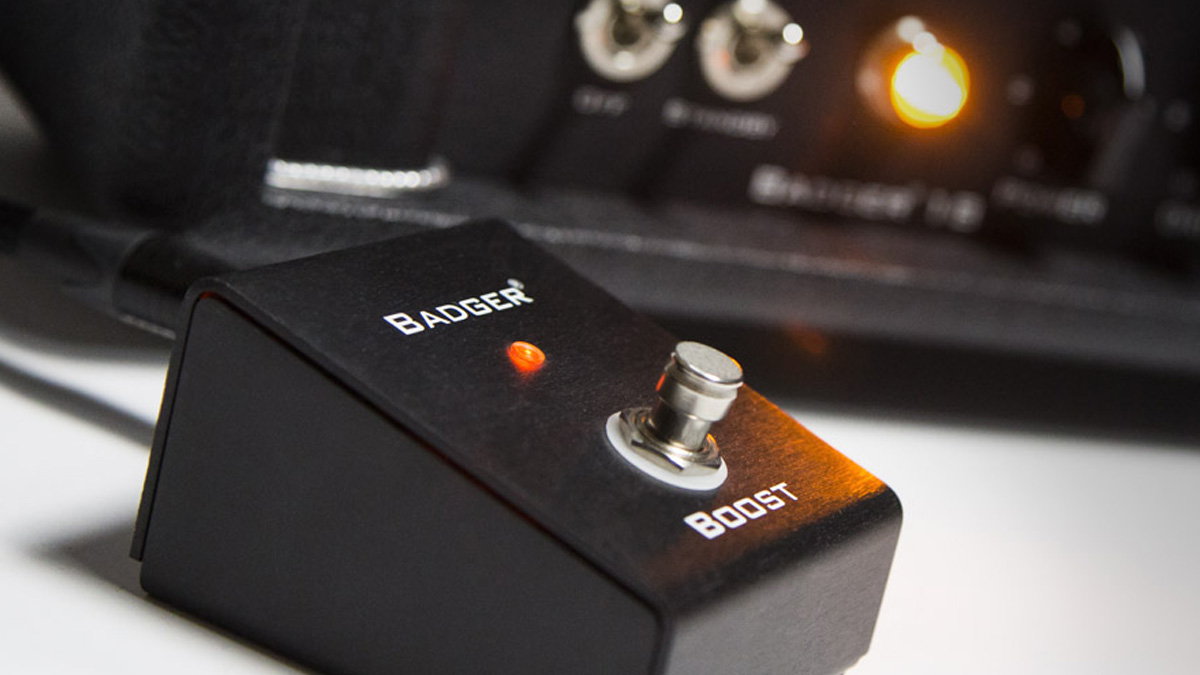
Suhr’s Power Scaling approach is an idea we’ve seen show up at other builders, like Laney, Hughes & Kettner, and Mesa. It allows you to reduce your amp’s effective wattage, and thus its output performance, with a variable throw.
“With the Power knob, you are controlling the voltage for the power tubes,” Suhr explains.
All the latest guitar news, interviews, lessons, reviews, deals and more, direct to your inbox!
“As you lower the voltage of the power section, you’re reducing the amount of signal it can handle before clipping the output section.” It’s the adjacent drive control that holds the key here, as well as the gain knob on the far right of the front panel, which controls two cascading gain stages. Drive feeds the input to the power section, so it acts much like a master volume if the power is at 10, for example, giving you the most possible headroom.
Gain is your preamp gain control. Suhr recommends this rule of thumb: “When you turn down the power, always set the drive control to within two numbers of where the power is set. If you slam the power tubes too hard, without the drive level being reasonably close, it can get squishy and maybe not so pretty. I usually turn them together and then tweak the drive/master for the best response for the pickups and gain settings I’m using.”
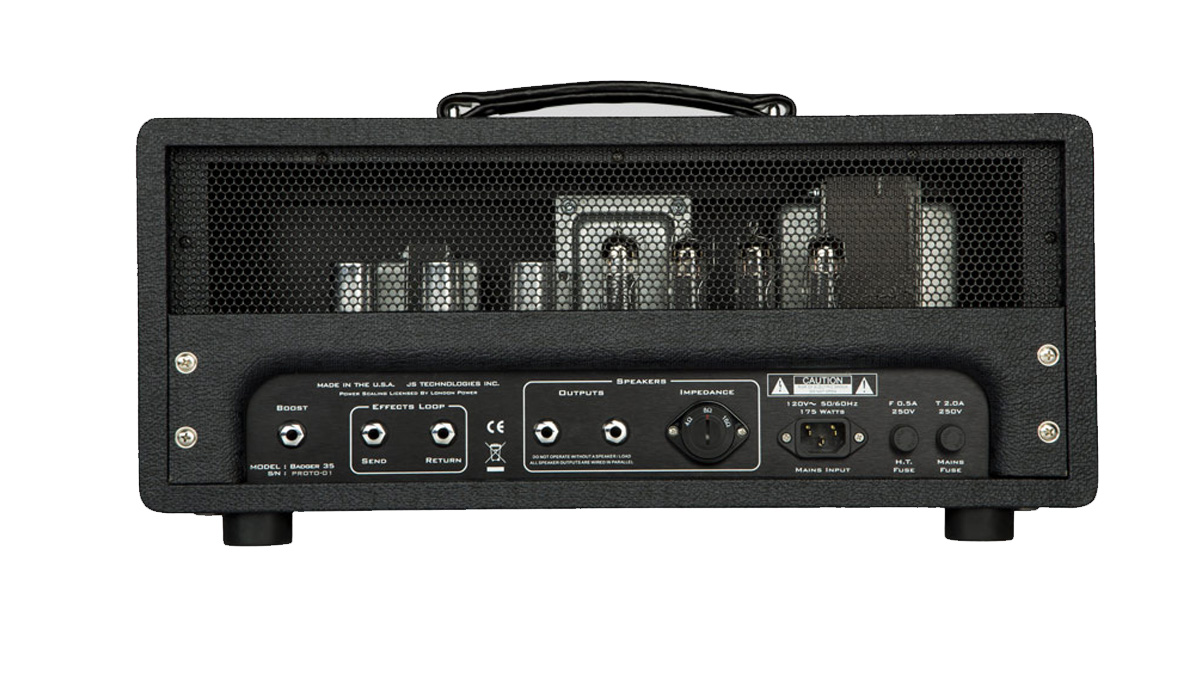
We used three main guitars to play through the Badger 30: a 2015 ESP Edwards SRV-style MIJ Strat with a DiMarzio Injector in the bridge and Area 67s in the middle and neck positions; a 2004 Gibson Les Paul Standard with a pair of BurstBuckers; and the brand-new Fender American Original ’70s Telecaster Custom with a Seth Lover-inspired CuNiFe humbucker in the neck position.
The Strat: With the gain control around five/six, with no boost engaged and the power/drive array at equal settings from, say, two all the way to eight, I was able to get a convincing “Texas Clean” tone on the bridge pup, and morph into chimey Vox/Beatles territory by choosing the middle/bridge pickup blend.
All my clean comping tones, from ’80s clean to jam-band rhythms to funk and soul, were very easy to come by, and I never heard that wimpy, clinical session sound. The Badger delivers a nice clean whack, so that a bit of chorus, delay, and reverb really speaks. The neck and neck/middle positions sang with those telltale shades of SRV, Curtis Mayfield, and Hendrix.
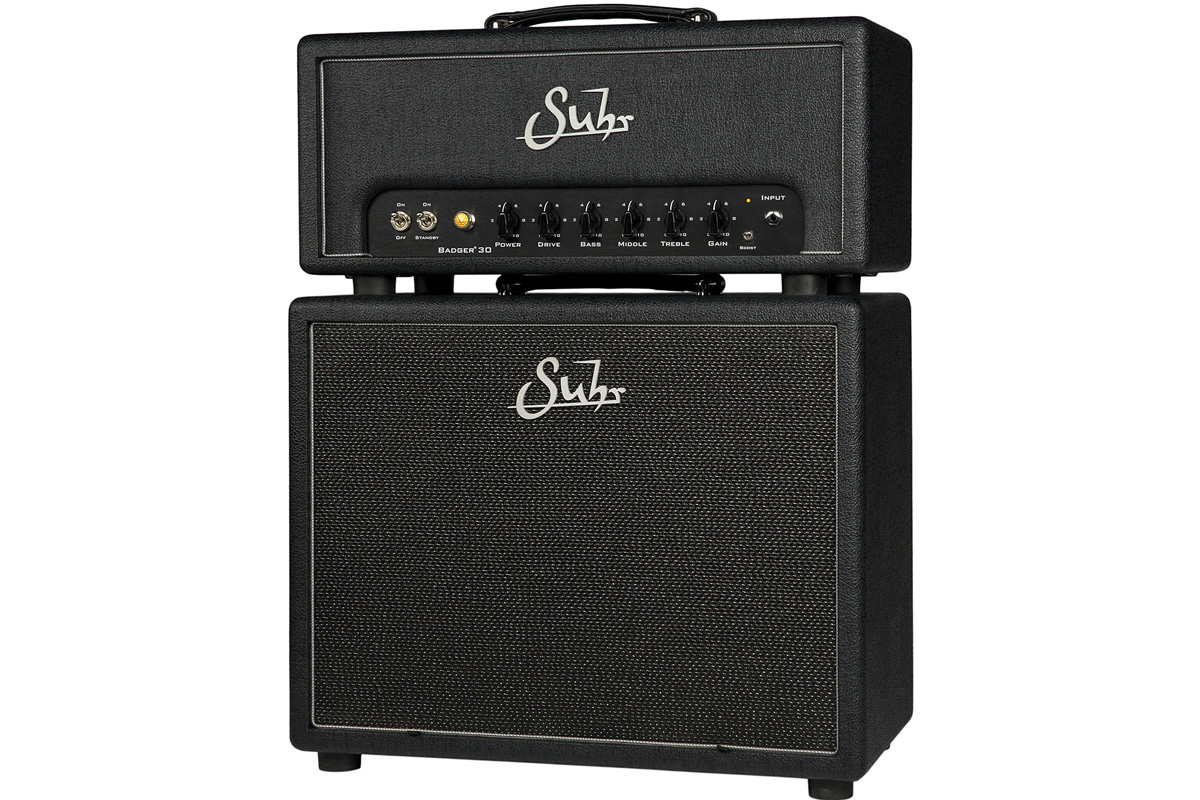
The Les Paul: Your gain control is going to have to come down a bit with a Paul, unless you want serious saturation. Even backed off to four, though, all your classic-rock and vintage-blues tones are right there.
Bang it up to six and there’s a refinement to that big bark that leans it toward the sweeter end of Marshalls, as in some late-’70s JMPs with preamp control, and even JCM800 2205 and Silver Jubilee territory.
The Badger expresses a very well-sculpted midrange that requires only minor tweaks to find your own sweet spot. With cleaner settings, you’ve got electric bebop in hand and a ready-for-ambient thick clean for washes and textures.
The Telecaster: Whether you’ve got power full-up for maximum clean headroom, or you’ve dirtied it up for gnarly spank, the Badger 30 loves a Tele. In fact, I never knew how good a Seth Lover CuNiFe pickup sounded until I played it through the Badger.
Suddenly, I’m hearing all that fatness and character, like a PAF after a couple of cocktails. And the bridge pickup just smokes through the Suhr, giving you all the dirty outlaw twang you can handle. Now to that cool MOSFET boost, whose character largely depends on the same settings as your unboosted tone – that is, the power, drive, and gain.
Unless the gain setting is quite low, at which you’ll have more of a clean boost, you can expect engaging the boost to mean lots more saturation, and it’s the good stuff – really smooth and warm extra-preamp gain – that makes your solos louder, hotter, more present, more violin-like, and more live, with an appreciable sense of air pushing and the pickups blooming as you let the notes run free.
With its tube-buffered effects loop, the Badger 30 will make reverbs and delays sound vivid and hi-fidelity.
Pair it with Suhr’s 60-watt, eight-ohm, 1x12 cabinet, made of void-free Baltic birch ply and boasting a WGS Veteran 30 speaker, and you have a high-projection, closed-back solution that still feels airy and open.
The Badger 30’s relatively small footprint and sober weight means it won’t take over your studio or the stage, but you’ll still get asked to turn down several times a night by the sound person.
If you have spent years bouncing between various iterations of the EL34 Marshall and Vox sound, still want your Fender guitars to sound Fender-y, and are ready for that one grown-up amplifier that can do it all, ferret out a Badger to audition its aggressive-but-pleasing tones. But don’t let it burrow in your house for too long. This is an amplifier that wants to sing to the sweet open air.
Specifications
- PRICES: Head, $1,995 street; cabinet, $550 street
- CHANNELS: 1
- CONTROLS: Power, drive, bass, middle, treble, gain
- POWER: 25 watts
- TUBES: Two EL34s, three 12AX7s
- EFFECTS LOOP: Buffered all-tube design for line level and pedals
- EXTRAS: Foot switchable high-voltage MOSFET boost (foot switch included); padded head and cab covers.
- CABINET: Baltic Birch ply; Warehouse Veteran 30 speaker; 60-watt, 8Ω
- HEAD WEIGHT: 31 lbs
- BUILT: USA
- CONTACT: Suhr
A former editor at Guitar Player and Guitar World, and an ex-member of Humble Pie, Mr. Bungle and French band AIR, author James Volpe Rotondi plays guitar for the acclaimed Led Zeppelin tribute, ZOSO, which The L.A. Times has called “head and shoulders above all other Led Zeppelin tribute bands.” Find JVR on Instagram at @james.volpe.rotondi, on the web at JVRonGTR.com, and look for upcoming tour dates at zosoontour.com
